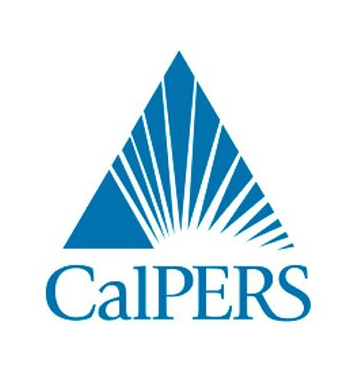
 By Elaine Goodman
By Elaine Goodman
Daily Post Correspondent
An agreement in which city workers will pay more toward their pension costs is expected to save Palo Alto
$1 million a year — a small step toward bridging an employee pension gap that could be as large as $800 million.
The city’s budget for fiscal year 2018, which began on July 1, cites $338 million as the amount of the city’s pension shortfall — the difference between what will be needed to pay employee pensions into the future and the amount that’s been set aside. The $338 million, calculated by the California Public Employees’ Retirement System, or CalPERS, was a $43.7 million increase from the CalPERS’ estimates from a year earlier.
But during a City Council Finance Committee meeting on May 2, Councilman Eric Filseth, who chairs the committee, said the pension gap could actually be much larger: between $500 million and $800 million. That’s in part because the lower figure from CalPERS dates back to 2015. But a bigger issue is that the rate of return CalPERS has been receiving on its investments has been lower than expected. With less coming into the system from investment income, employers must pay more to make up the difference.
“This is the most massive problem that we should be dealing with,” councilman Greg Tanaka said during the May 2 meeting. “It should be Priority One given the magnitude of the issue. It dwarfs everything else, like by a lot.”
CalPERS uses a projected rate of return as part of its calculation of how much cities must pay into the system each year to cover employee pensions. CalPERS announced in December that it would phase in a decreased rate of return, from the current 7.5% to 7%, over three years, starting next fiscal year. That’s expected to cause a hefty increase in the city’s annual CalPERS payment.
Other California cities, counties and school districts that participate in the CalPERS system are facing the same issue. In Burlingame, the change in the CalPERS rate of return is expected to more than double the city’s annual payment over the next 10 years, from the current $5.7 million to $13.5 million. Burlingame is considering a range of options to head off the growing pension expense, such as tapping reserve funds, prepaying some of the pension amounts, or establishing special funds to cover the expense.
What is the actual rate of return?
In Palo Alto, city Chief Financial Officer Lalo Perez told the Finance Committee that the city might want to do its own calculations to see how much the pension gap would grow if CalPERS’ actual rate of return is even lower, such as 6.5%.
“What we want to do is come back to you with some scenarios,” Perez said. “What do we believe the rate of return should be? If we do 6.5, what will the number be? … We don’t have to wait for (CalPERS) to get to 6.5.”
The issue of the growing pension shortfall is expected to return to the council for a more in-depth discussion this fall.
Meanwhile, Palo Alto has taken some steps toward closing the pension gap. The city has reached an agreement with several of its labor groups on increasing the amounts that employees contribute to pensions. The City Council is scheduled to vote on the agreement on Aug. 14 as part of CalPERS’ process to implement the change.
The city has also been scaling back its pension benefits to more recently hired employees.
Palo Alto has established a fund called a Section 115 Trust, where $2.1 million has so far been set aside to pay for employee pensions. More money will be paid into the fund this fiscal year.
Working against the city’s efforts is a policy change at CalPERS in which the city is no longer allowed to prepay a portion of its pension payments for the year. The prepayment saved the city $1.1 million last fiscal year but, under the new policy, will only save $800,000 this year.”
The city can still prepay the “unfunded liability” part of the CalPERS bill but can’t prepay the so-called “normal” amount, which is for current employees.
Reasons for the gap
During the Finance Committee’s budget meetings, several explanations were offered for the soaring pension shortfall.
City Manager Jim Keene said that then-Gov. Gray Davis helped boost public employee retirement benefits in the late 1990s as a way to pay back unions that had supported him.
Filseth said CalPERS hasn’t been charging the city enough to cover what is needed.
“We pay what CalPERS tells us to pay. But the difference between that and the true amount that it would take to fully fund those pensions goes on the credit card,” Filseth said.
